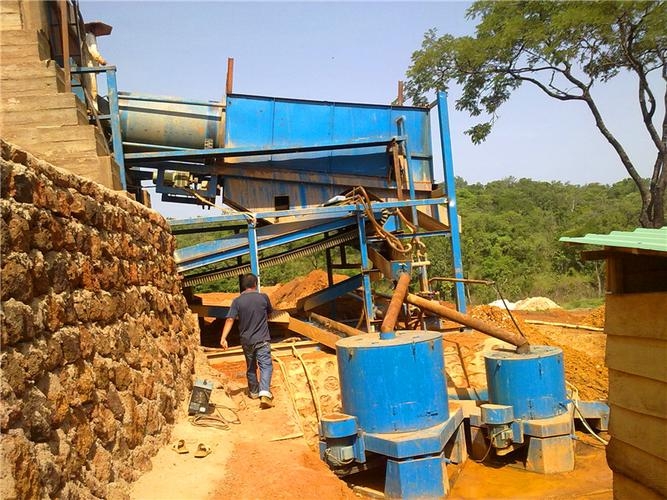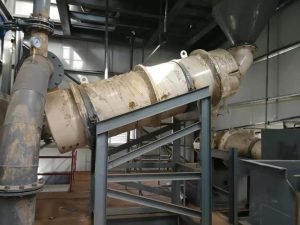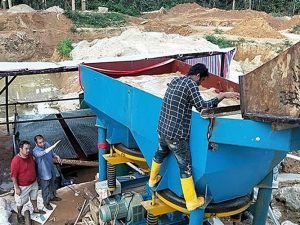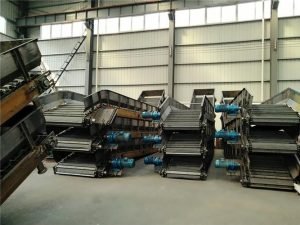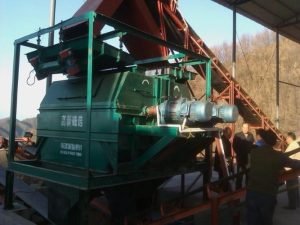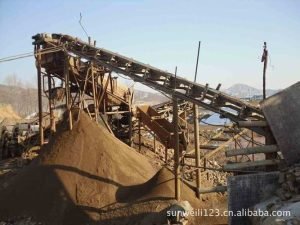Nickel Ore Beneficiation Process
1. Copper-nickel sulfide ore
- When the nickel content is more than 3%, it is a rich ore, which can be directly smelted;
- When the nickel ore content is less than 3%, it is mainly accompanied by a large amount of metal mineral (pyrrhotite, pentlandite, chalcopyrite)and gangue minerals (olivine, pyroxene, plagioclase, talc, mica, quartz, etc.);
The most important mineral processing method isflotation separation, magneticand gravity separation are usually auxiliary mineral processing methods. Collectors and foaming agents for flotation of copper sulfide minerals are often used in copper-nickel sulfide ores flotation separation.
Note: A basic principle for determining the flotation process is to avoid nickel entering the copper concentrate as much as possible. Because the nickel in the copper concentrate is lost in the smelting process, and the copper in the nickel concentrate can be recovered completely.
2. Nickel oxide ore (Nickel laterite)
Most of the nickel oxide ore exists in the form of nickel laterite, with low silicon and magnesium content, and the nickel content is 1~2%. Secondly, it is mainly nickel silicate ore, with high silicon and magnesium content, low iron content, and nickel content of 1.6~4%.
Usually, crushing, screening, and other processes are adopted in advance to remove large bedrock with weak weathering degrees and low nickel content. The nickel particle size is very fine in nickel oxide ore. Therefore, mechanical beneficiation cannot enrich it but can only be smelted directly.

 Zoneding Mining Machine
Zoneding Mining Machine
